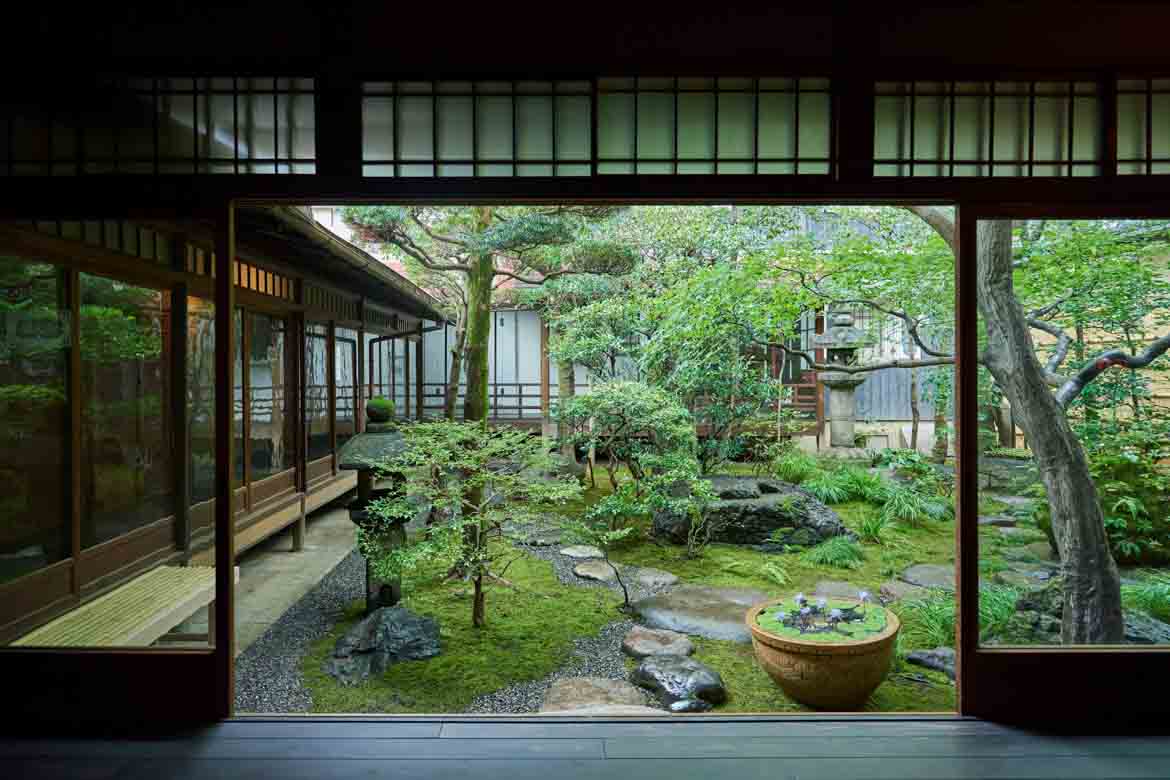In a world often characterized by extravagance and excess, Japanese-style wooden houses stand as a testament to the power of simplicity and harmony. These dwellings, more than just physical structures, embody a profound philosophy that seamlessly blends traditional wisdom with modern sensibilities. Stepping into a Japanese-style home is akin to entering a sanctuary of tranquility, where clean lines, natural materials, and a deep connection to nature evoke a sense of serenity and well-being.

A Symphony of Nature’s Embrace
Japanese-style wooden houses are not merely constructed spaces; they are living organisms, intimately intertwined with the natural world. Large windows and sliding doors, known as fusuma, serve as portals to the outdoors, allowing natural light and fresh air to permeate every corner of the home. Expansive verandas, or engawa, extend the living area beyond the confines of the house, inviting occupants to immerse themselves in the beauty of the surrounding landscape. This seamless integration of interior and exterior spaces fosters a deep connection to nature, a cornerstone of Japanese culture and philosophy.
A Celebration of Wood’s Enduring Beauty
Wood reigns supreme in Japanese architecture, not just for its structural integrity and sustainability, but also for its inherent warmth and aesthetic appeal. Exposed wooden beams and pillars, often left in their natural state, showcase the intricate patterns of the wood grain, adding a touch of rustic charm to the interior. Wooden floors and walls, typically finished in light, natural tones, create a sense of tranquility and harmony, further emphasizing the connection to the natural world.
The Power of Minimalist Simplicity
Minimalism is not just a design aesthetic; it is a way of life deeply ingrained in Japanese culture. Japanese-style wooden houses embody this philosophy, eschewing clutter and extravagance in favor of clean lines, uncluttered spaces, and a focus on functionality. Built-in storage solutions, like tatami room alcoves (tokonoma) and sliding shoji screens, help to minimize clutter and create a sense of order. Every element serves a purpose, with nothing superfluous to distract from the beauty of simplicity.
A Haven for Harmony and Well-being
Japanese-style wooden houses are designed not just for physical comfort but also for fostering a sense of inner peace and well-being. The focus on natural light and ventilation promotes a connection to nature, while the minimalist aesthetic creates a calming and serene environment. Open floor plans encourage a sense of togetherness and community, while flexible living spaces can be easily adapted to different needs. The overall effect is a harmonious blend of functionality and tranquility, a reflection of the Japanese philosophy of wabi-sabi, which embraces the beauty of imperfection and impermanence.
A Timeless Legacy: Embracing the Essence of Japanese Culture
Japanese-style wooden houses transcend the realm of mere architectural structures; they embody a timeless philosophy of living that prioritizes simplicity, harmony with nature, and inner peace. Whether you’re drawn to the minimalist aesthetic, the connection to the natural world, or the profound sense of tranquility they evoke, these dwellings offer a unique and beautiful way to experience the essence of Japanese culture in your own home. As the world continues to grapple with the complexities of modern life, the wisdom embedded in Japanese-style wooden houses offers a refreshing reminder of the power of simplicity, the beauty of nature, and the importance of inner harmony.
Additional Insights into Japanese-Style Wooden Houses:
-
The Significance of Tatami Mats: Tatami mats, made from woven rush straw, are a defining feature of Japanese-style homes. Their soft, natural texture adds warmth and comfort to the living spaces, while their grid-like pattern creates a sense of order and harmony.
-
The Versatility of Shoji Screens: Shoji screens, translucent sliding panels made from paper and wood, serve multiple purposes in Japanese-style homes. They provide privacy, diffuse natural light, and can be easily rearranged to create different room configurations.
-
The Importance of Gardens: Gardens are an integral part of Japanese-style homes, extending the living space into the outdoors. Carefully designed gardens with native plants, stone elements, and tranquil water features create a serene oasis for relaxation and reflection.
-
The Beauty of Impermanence: Japanese culture embraces the concept of wabi-sabi, which finds beauty in imperfection and impermanence. This philosophy is reflected in the natural materials and simple designs of Japanese-style wooden houses, which age gracefully over time.
Japanese-style wooden houses are more than just architectural wonders; they are living expressions of a culture that values simplicity, harmony, and connection to nature. As we seek a more mindful and balanced approach to life, these dwellings offer a timeless source of inspiration, inviting us to embrace the beauty of simplicity and find tranquility in the embrace of nature



